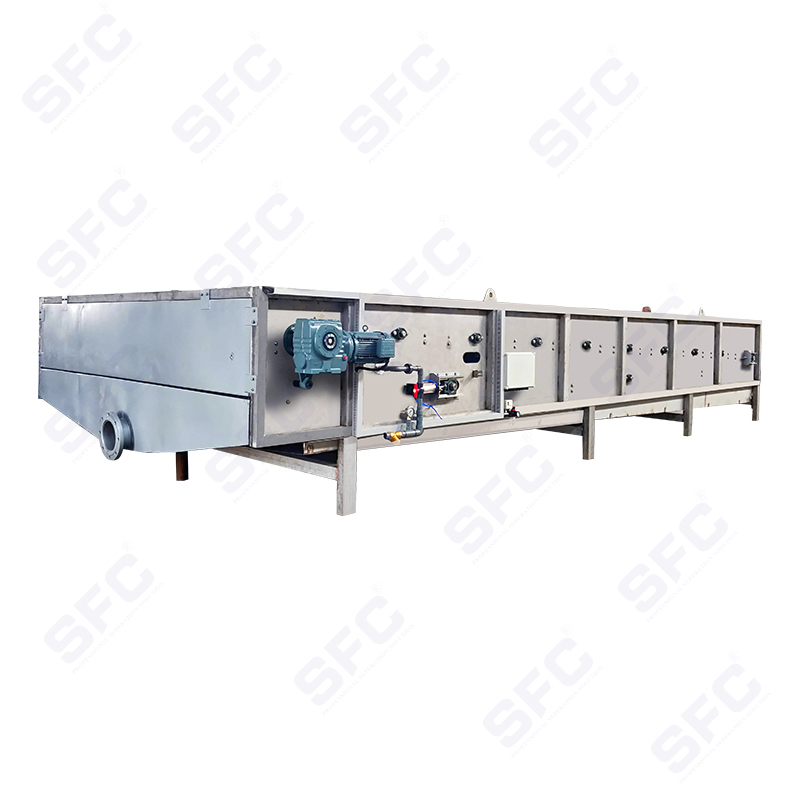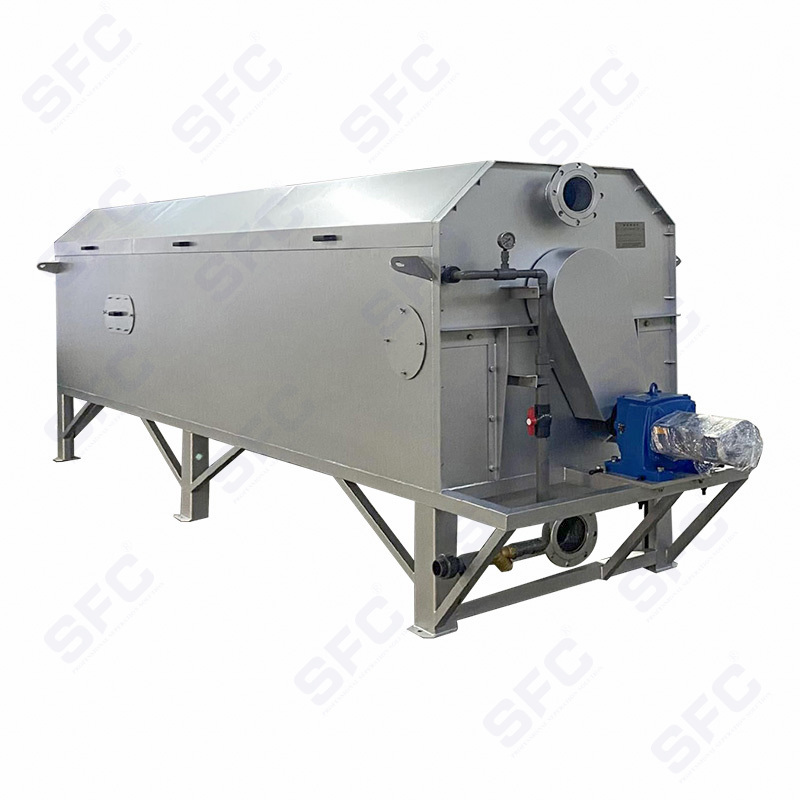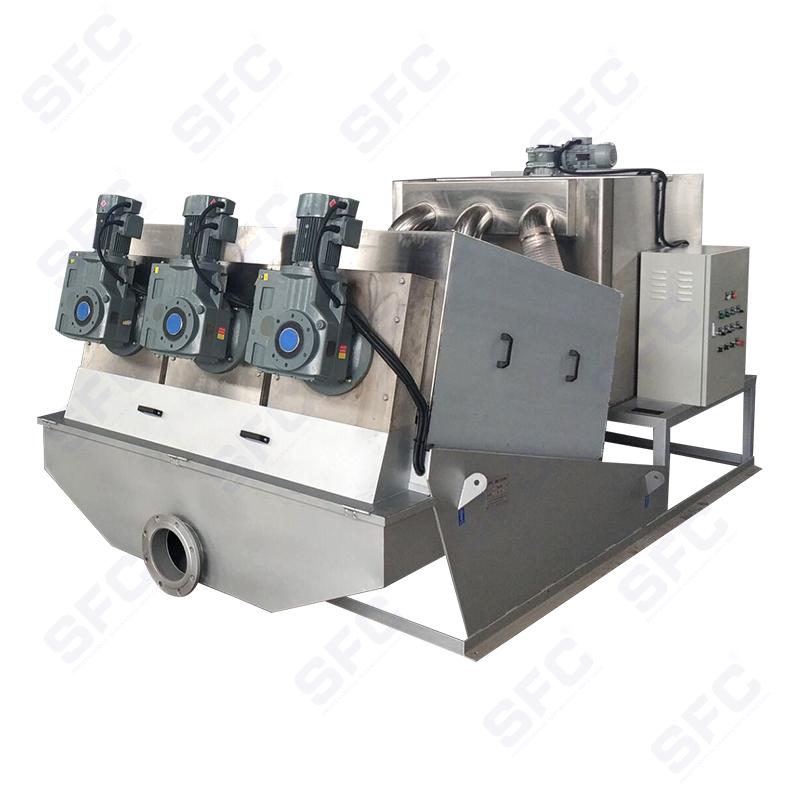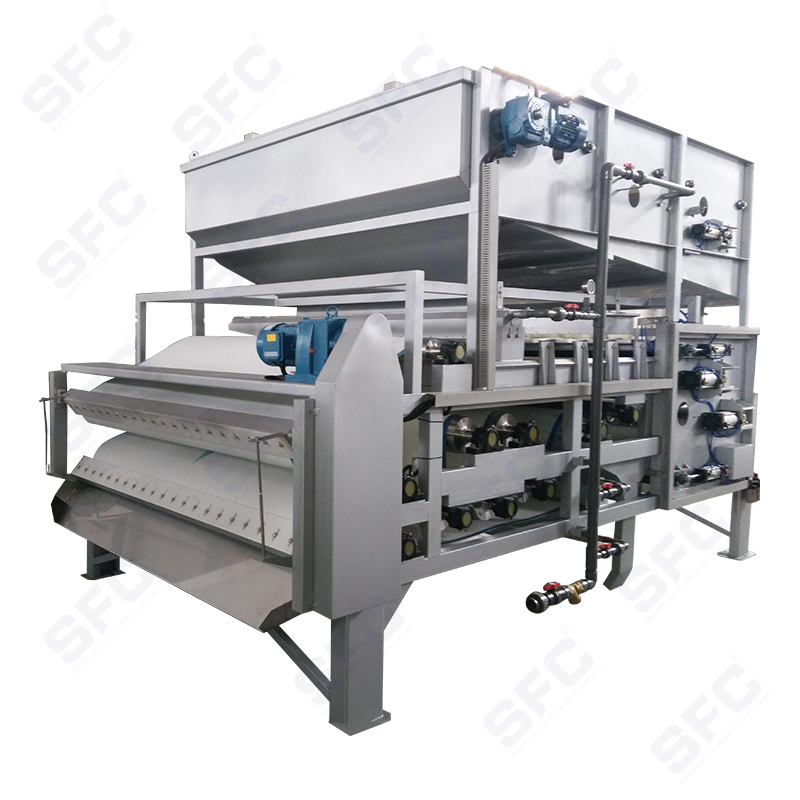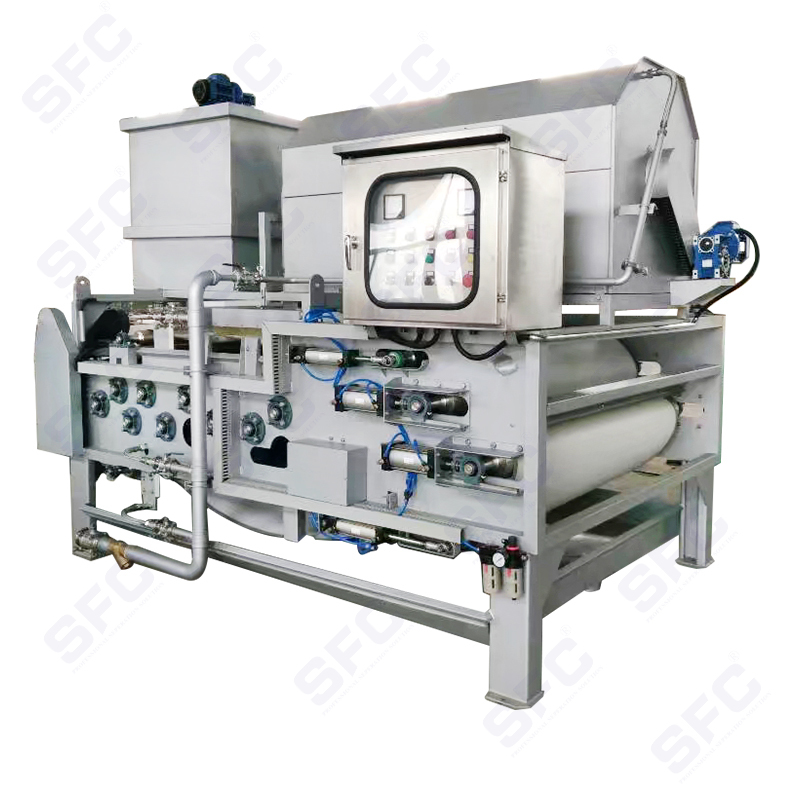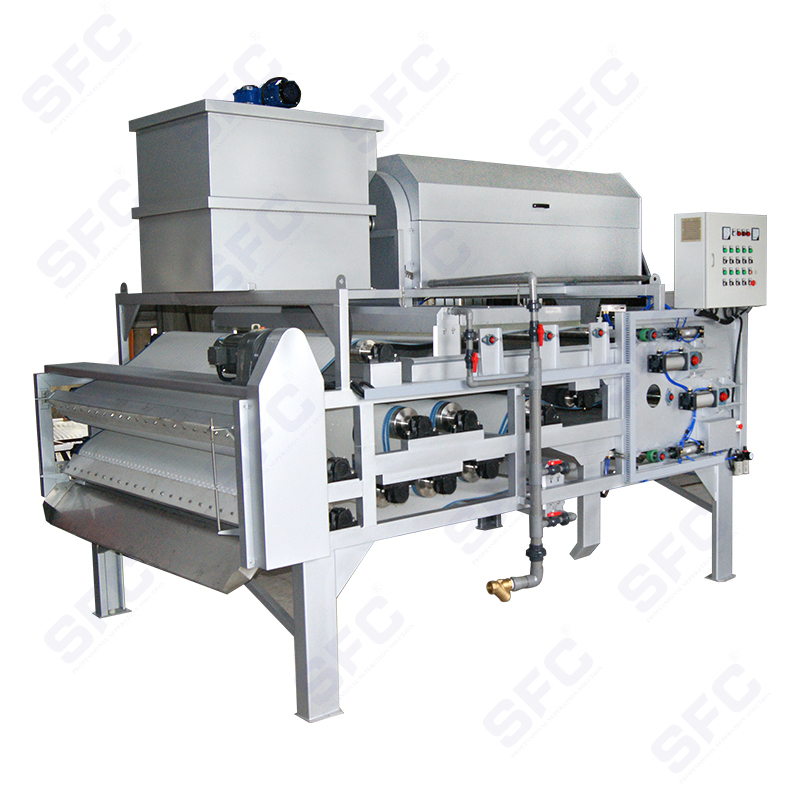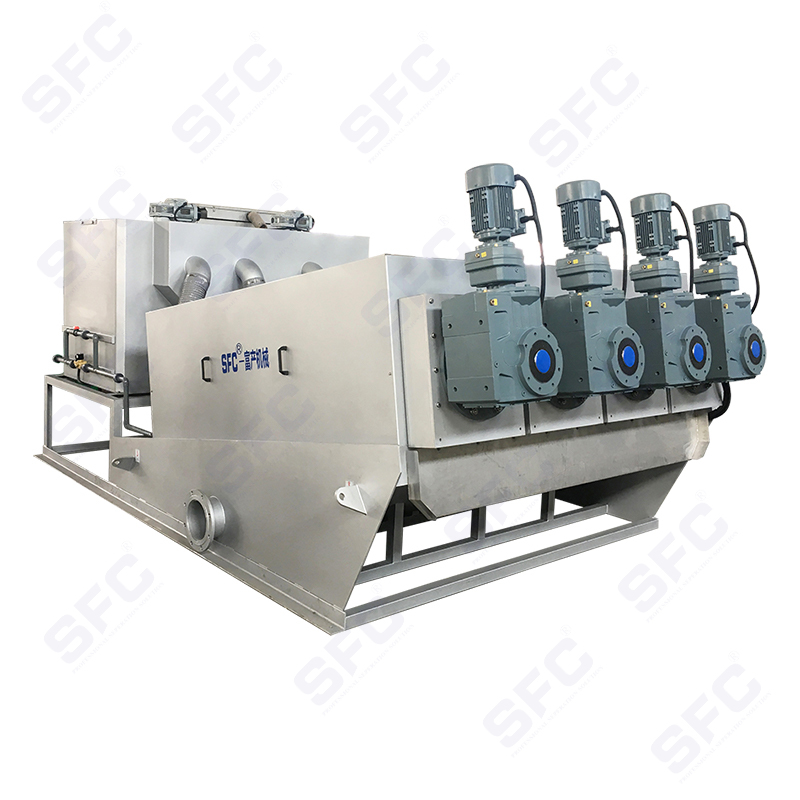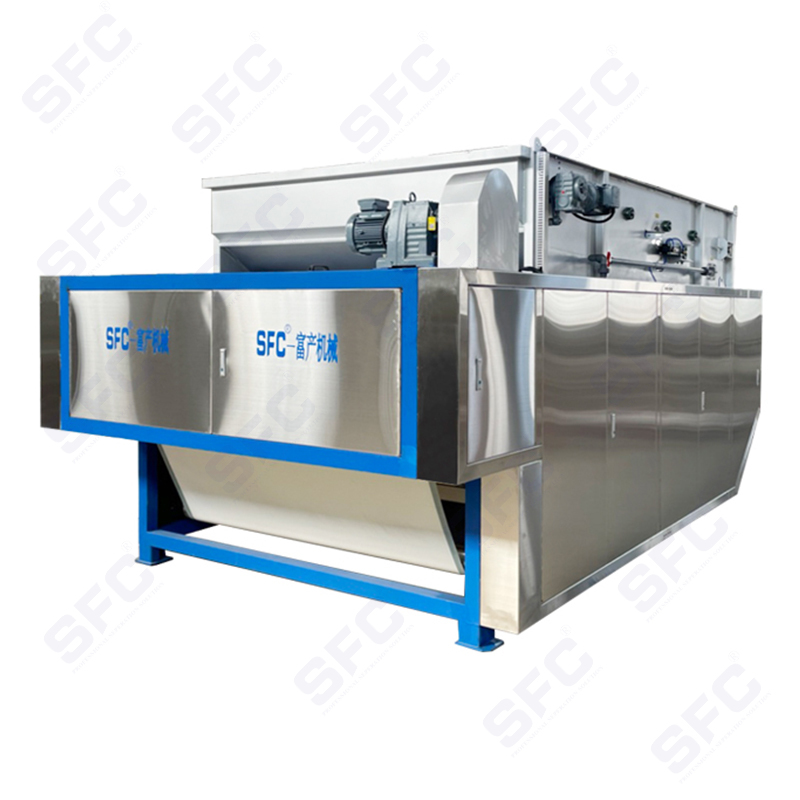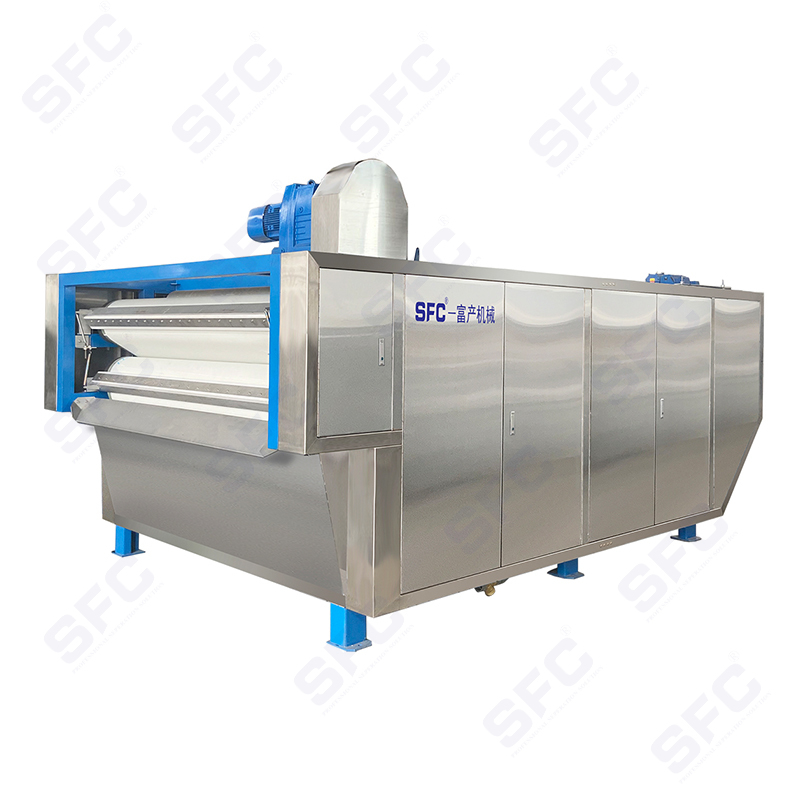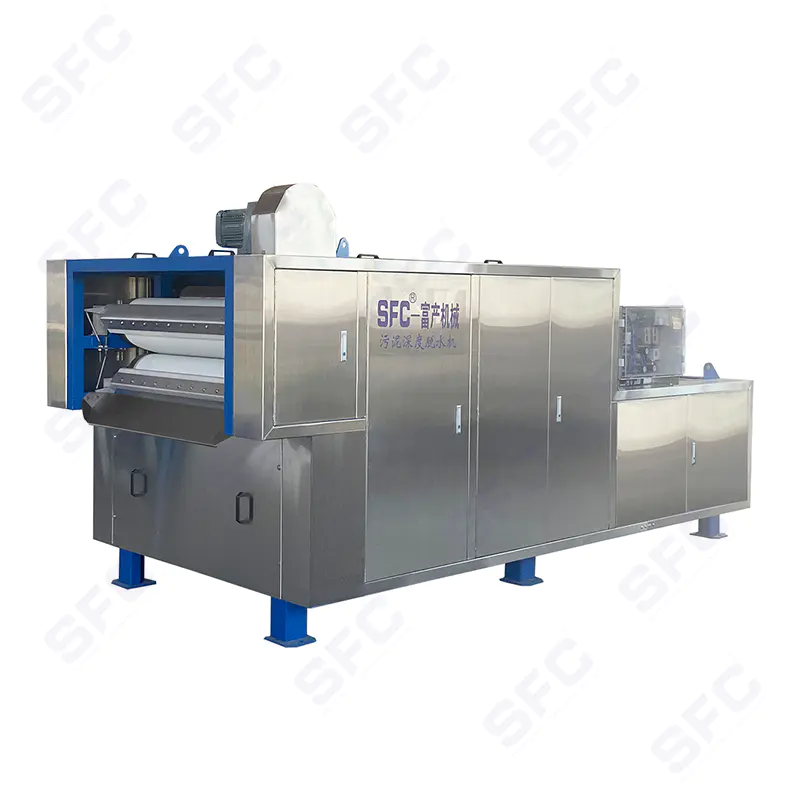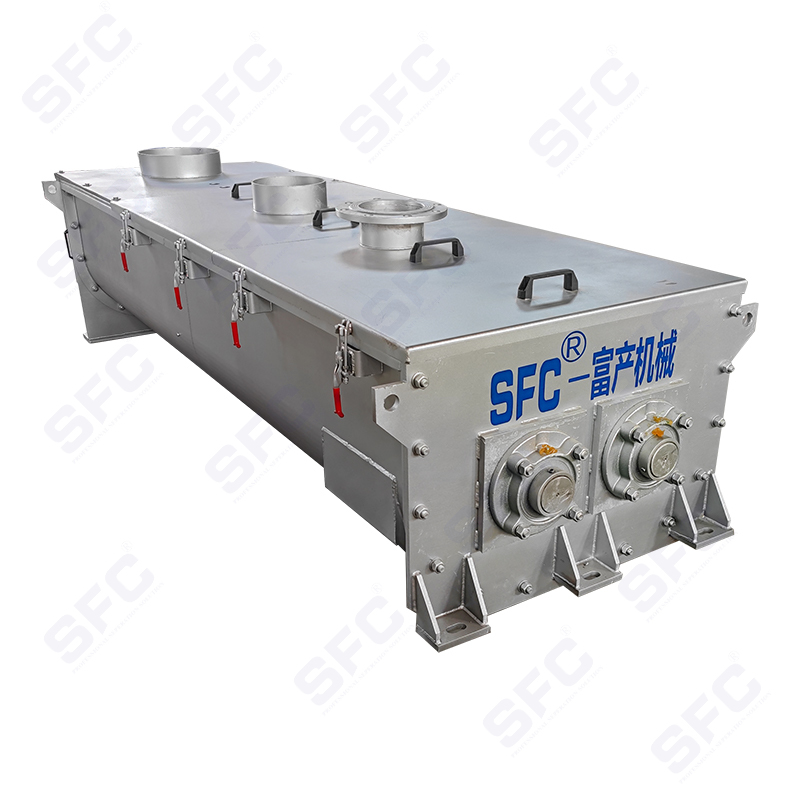Is a Belt Sludge Dryer More Energy-Efficient Than Other Drying Technologies?
In modern wastewater treatment systems, sludge management has become one of the most energy-intensive and cost-sensitive processes. Among various sludge treatment steps, sludge drying is particularly crucial for reducing sludge volume, minimizing transportation costs, and enabling safe disposal or reuse. As environmental regulations tighten and energy costs rise, the demand for energy-efficient drying technologies has increased significantly.
One technology gaining widespread attention is the belt sludge dryer. But how does it compare in energy efficiency to other drying technologies such as rotary drum dryers, fluidized bed dryers, and paddle dryers? This article explores the working principles of belt sludge dryers, compares them with alternative systems, and evaluates whether they offer superior energy performance.
What Is a Belt Sludge Dryer?
A belt sludge dryer is a type of low-temperature continuous drying equipment that uses one or multiple belts to transport dewatered sludge through heated drying chambers. Warm air (typically 60°C–100°C) is circulated to gently remove moisture from the sludge over an extended period.
Key features:
Operates at low to medium temperatures
Uses multiple drying zones for staged heat transfer
Suitable for continuous, automated drying
Processes sludge with 15%–30% solid content
Produces granular or sheet-like dry solids
Belt dryers are often used in municipal wastewater treatment plants, pulp & paper mills, and industrial sludge processing where low-temperature drying and energy efficiency are a priority.
How Does It Compare to Other Drying Technologies?
Let’s examine how belt sludge dryers perform in terms of energy consumption and process efficiency compared to other commonly used technologies.
1. Belt Sludge Dryer vs. Rotary Drum Dryer
Rotary drum dryers are high-temperature systems (150–400°C) that dry sludge by tumbling it inside a rotating cylinder with direct or indirect heat.
Belt dryers use less energy per kg of water removed due to lower heat loss and optimized air recirculation. Rotary drum dryers consume more energy and often require additional equipment for dust and odor control.
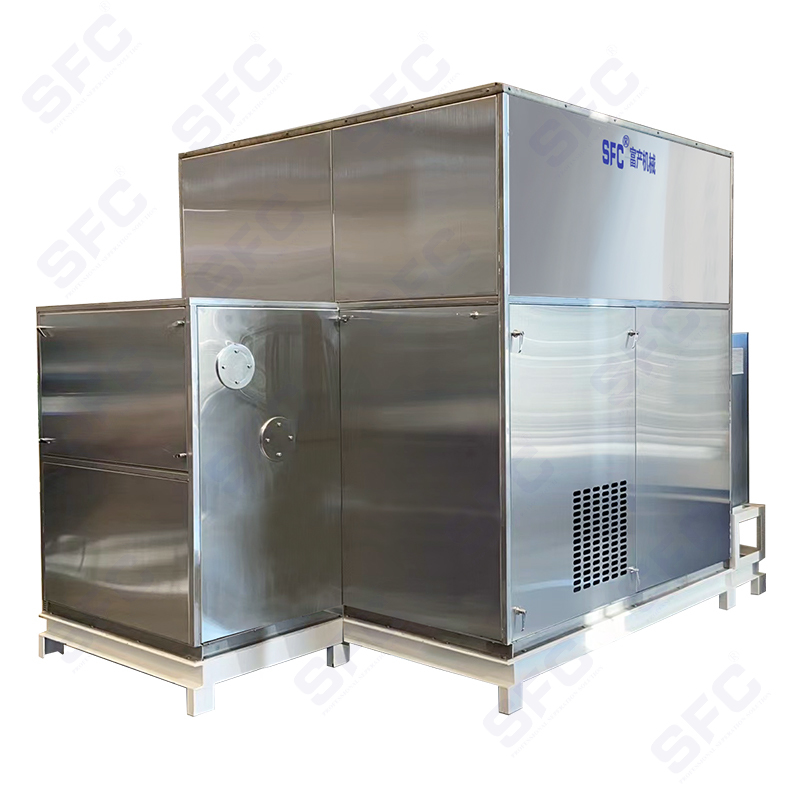
2. Belt Sludge Dryer vs. Fluidized Bed Dryer
Fluidized bed dryers suspend sludge particles in a hot air stream for quick, high-rate drying, typically at 100–200°C.
While fluidized bed dryers offer rapid drying, they consume more energy due to the need for high airflow rates and precise temperature control. Belt dryers are more energy-efficient for sludge with variable consistency.
3. Belt Sludge Dryer vs. Paddle Dryer
Paddle dryers use heated paddles to stir sludge inside a jacketed chamber, usually operated indirectly with thermal oil or steam.
Belt dryers are more energy-efficient and have lower O&M costs, especially in large-scale operations. Paddle dryers may be preferred in compact setups but consume more energy per ton of dried sludge.
Why Is the Belt Sludge Dryer More Energy-Efficient?
1. Low-Temperature Drying System
Less energy is required to heat air to 80°C compared to 200–400°C.
Prevents overheating and degradation of organic matter.
Reduces need for expensive insulation or thermal protection.
2. Closed-Loop Air Circulation
Recycles hot air within the drying chamber.
Significantly lowers heat loss through exhaust.
Cuts down odor release and need for external air treatment.
3. Multi-Stage Heat Recovery Design
Recovers residual heat from outgoing air or condensate.
Preheats incoming air using energy from later drying zones.
Improves thermal efficiency by up to 30%.
4. Continuous, Stable Operation
Avoids energy spikes from startup/shutdown cycles.
Automated control systems optimize fan speed, airflow, and belt speed.
Enables energy-per-ton output to be minimized through process tuning.
Environmental and Economic Benefits
Choosing a belt sludge dryer not only saves energy, but also yields broader environmental and economic advantages:
Lower carbon emissions per ton of dried sludge
Reduced odor and dust pollution
Safer drying process (no combustion or explosion risk)
Lower maintenance costs and longer service life
Potential to reuse dried sludge as fuel or soil conditioner
In summary, the belt sludge dryer offers a compelling advantage in terms of energy efficiency, environmental compliance, and operational simplicity. Compared to other drying systems, it consumes less energy, reduces emissions, and integrates well into automated wastewater treatment systems.



 English
English Español
Español
